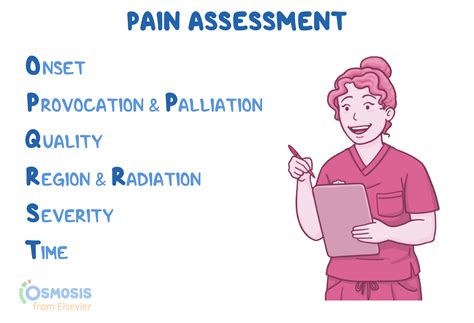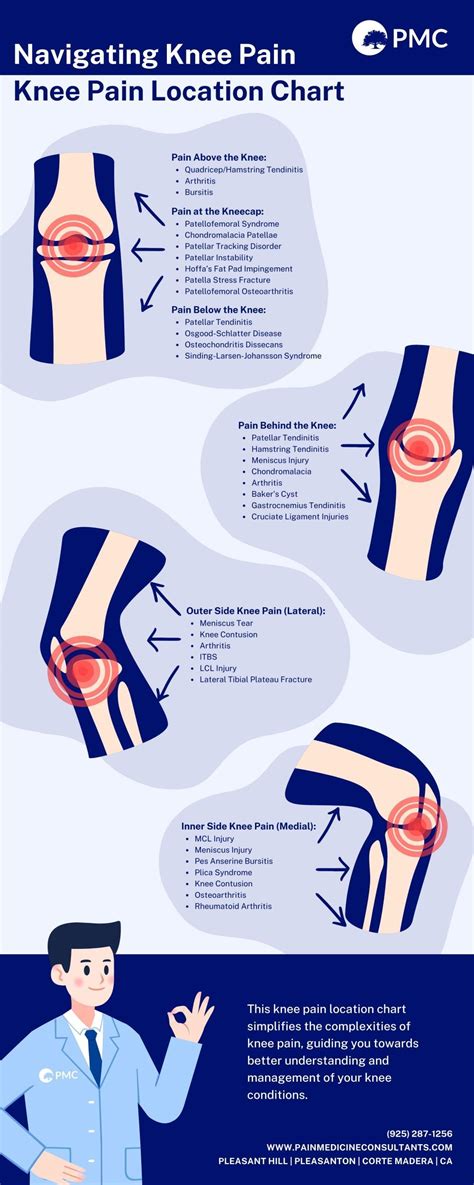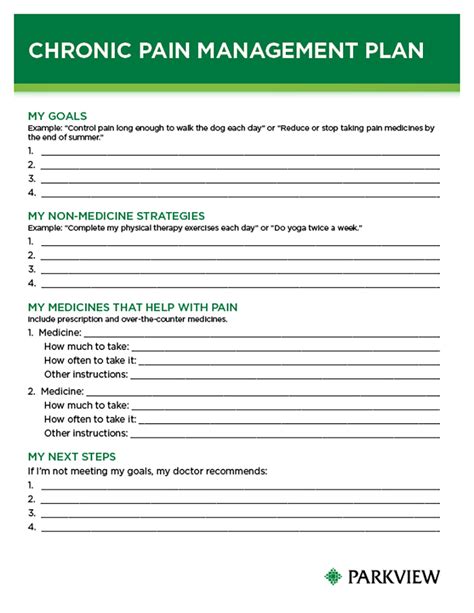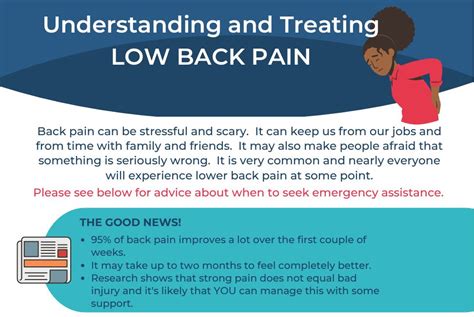Intro
Develop effective pain nursing care plans with our 5-step guide. Learn how to assess, diagnose, and manage pain in patients using individualized care plans. Discover strategies for medication management, non-pharmacological interventions, and patient education. Improve patient outcomes and alleviate suffering with evidence-based pain management techniques.
Pain is a universal human experience that affects millions of people worldwide. It is a complex and multifaceted phenomenon that can have a significant impact on an individual's quality of life, physical function, and emotional well-being. As a nurse, developing effective pain nursing care plans is crucial to providing high-quality patient care. In this article, we will explore the five steps to effective pain nursing care plans, including assessment, diagnosis, planning, implementation, and evaluation.

Step 1: Assessment
The first step in developing an effective pain nursing care plan is to conduct a thorough assessment of the patient's pain. This involves collecting data about the patient's pain experience, including the location, intensity, quality, and duration of the pain. Nurses should use a standardized pain assessment tool, such as the Numerical Rating Scale (NRS) or the Faces Pain Scale (FPS), to assess the patient's pain intensity.
In addition to assessing pain intensity, nurses should also assess the patient's pain-related behaviors, such as guarding, bracing, or avoidance of activities. They should also assess the patient's cognitive and emotional responses to pain, including anxiety, depression, and fear.

Types of Pain
There are several types of pain that nurses should be aware of when developing a pain nursing care plan. These include:
- Acute pain: This type of pain is typically caused by tissue damage or inflammation and is usually self-limiting.
- Chronic pain: This type of pain persists beyond the normal healing time of an injury or illness and can be debilitating.
- Neuropathic pain: This type of pain is caused by damage to the nervous system and can be characterized by burning, shooting, or stabbing sensations.
- Cancer pain: This type of pain is caused by cancer or its treatment and can be severe and debilitating.
Step 2: Diagnosis
The second step in developing an effective pain nursing care plan is to diagnose the underlying cause of the patient's pain. This involves analyzing the data collected during the assessment phase and identifying any underlying medical conditions or pathophysiological processes that may be contributing to the patient's pain.
Nurses should use their knowledge of anatomy, physiology, and pathophysiology to diagnose the underlying cause of the patient's pain. They should also consider any laboratory or diagnostic test results, such as X-rays or MRI scans, to help inform their diagnosis.

Pain-Related Diagnoses
Some common pain-related diagnoses that nurses may encounter include:
- Acute pain syndrome
- Chronic pain syndrome
- Neuropathic pain syndrome
- Cancer pain syndrome
Step 3: Planning
The third step in developing an effective pain nursing care plan is to plan interventions to manage the patient's pain. This involves identifying specific goals and outcomes for pain management and selecting interventions that are tailored to the patient's individual needs.
Nurses should use a multimodal approach to pain management, which involves combining pharmacological and non-pharmacological interventions to achieve optimal pain relief. They should also consider the patient's preferences and values when developing the plan.

Pain Management Interventions
Some common pain management interventions that nurses may include in a pain nursing care plan include:
- Pharmacological interventions, such as analgesics or adjuvant medications
- Non-pharmacological interventions, such as heat or cold therapy, massage, or relaxation techniques
- Alternative therapies, such as acupuncture or hypnosis
- Lifestyle modifications, such as exercise or stress management
Step 4: Implementation
The fourth step in developing an effective pain nursing care plan is to implement the interventions identified in the planning phase. This involves putting the plan into action and providing the necessary care and support to the patient.
Nurses should ensure that the patient is educated about their pain management plan and is actively involved in the decision-making process. They should also monitor the patient's response to the interventions and make adjustments to the plan as needed.

Pain Management Strategies
Some common pain management strategies that nurses may use to implement a pain nursing care plan include:
- Administering medications as prescribed
- Providing non-pharmacological interventions, such as heat or cold therapy
- Encouraging lifestyle modifications, such as exercise or stress management
- Educating the patient about their pain management plan
Step 5: Evaluation
The final step in developing an effective pain nursing care plan is to evaluate the effectiveness of the interventions and make adjustments to the plan as needed. This involves monitoring the patient's response to the interventions and assessing the achievement of the goals and outcomes identified in the planning phase.
Nurses should use standardized pain assessment tools to evaluate the patient's pain intensity and quality. They should also assess the patient's functional ability and quality of life.

Pain Evaluation Tools
Some common pain evaluation tools that nurses may use include:
- Numerical Rating Scale (NRS)
- Faces Pain Scale (FPS)
- McGill Pain Questionnaire (MPQ)
- Brief Pain Inventory (BPI)
By following these five steps, nurses can develop effective pain nursing care plans that address the unique needs of each patient. Remember to assess the patient's pain experience, diagnose the underlying cause of the pain, plan interventions to manage the pain, implement the interventions, and evaluate the effectiveness of the plan.
What is the first step in developing an effective pain nursing care plan?
+The first step in developing an effective pain nursing care plan is to conduct a thorough assessment of the patient's pain experience.
What is the difference between acute and chronic pain?
+Acute pain is typically caused by tissue damage or inflammation and is usually self-limiting, while chronic pain persists beyond the normal healing time of an injury or illness and can be debilitating.
What is a multimodal approach to pain management?
+A multimodal approach to pain management involves combining pharmacological and non-pharmacological interventions to achieve optimal pain relief.
We hope this article has provided you with a comprehensive understanding of the five steps to effective pain nursing care plans. Remember to share your thoughts and experiences with pain management in the comments section below.
